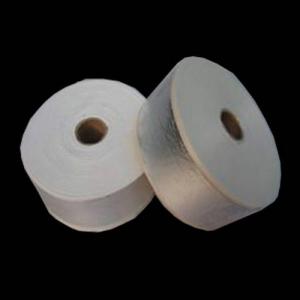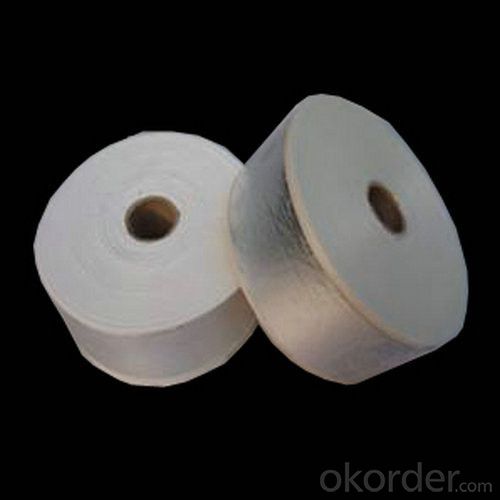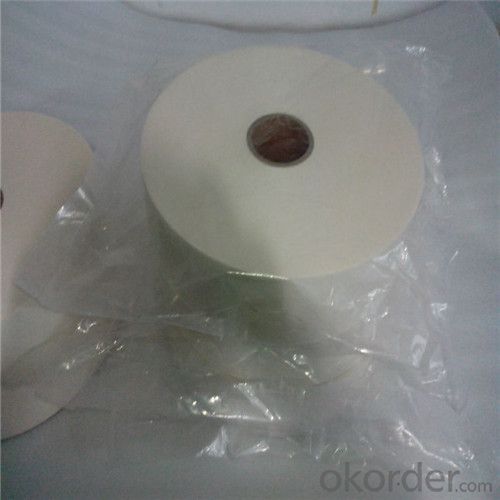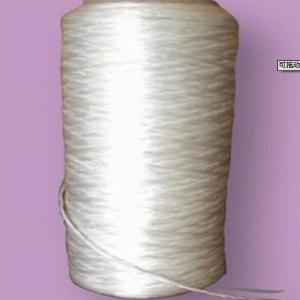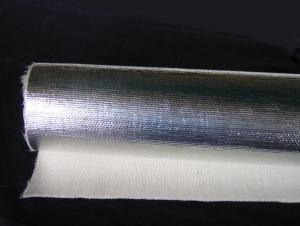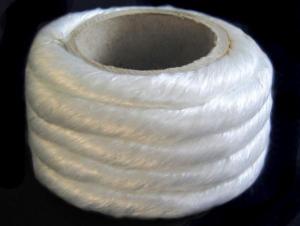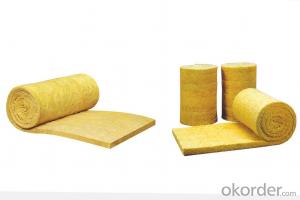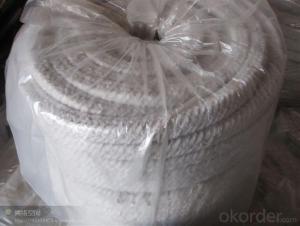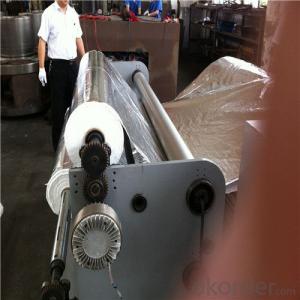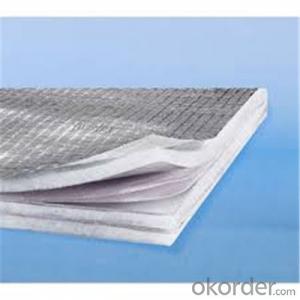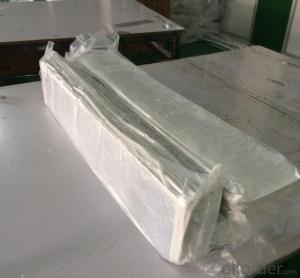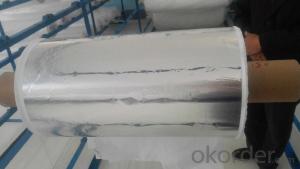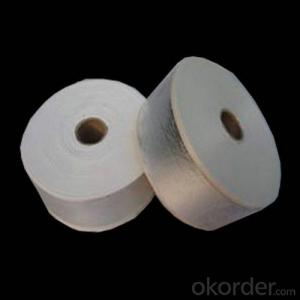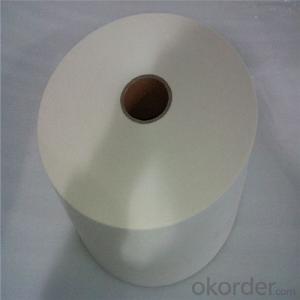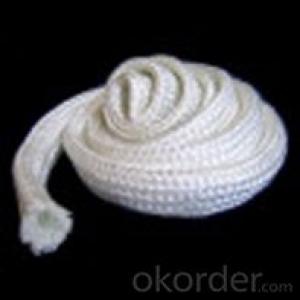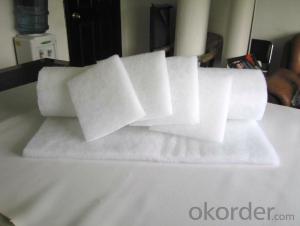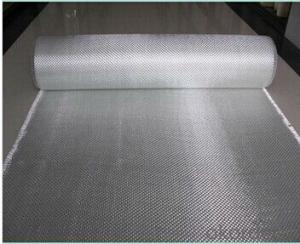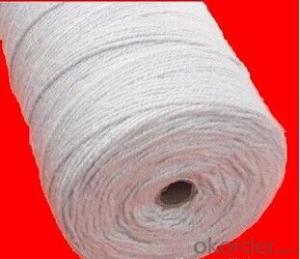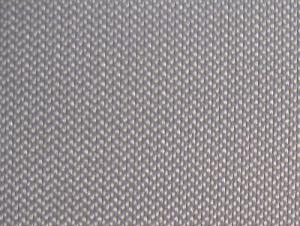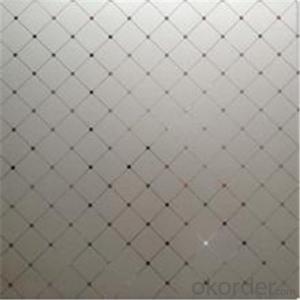Glass Fiber Textiles Cryogenic Insulation Paper for Liquid Oxygen / Nitrogen / LNG
- Loading Port:
- Shanghai
- Payment Terms:
- TT or LC
- Min Order Qty:
- 200 m²
- Supply Capability:
- 10000000 m²/month
OKorder Service Pledge
OKorder Financial Service
You Might Also Like
What is Cryogenic Insulation Paper?
The cryogenic fiberglass insulation paper is fabricated with selected superfine fiberglass which is generally laminated with aluminum foil.
It shares the advantage of low thermal conductivity but high thermal contact resistance, outstanding uniformity, fast outgassing rate but low gas emission under vacuum conditions, light gram-weight and wide applicable working temperature range (-269℃~500℃).
Application of Cryogenic Insulation Paper
Cryogenic liquid storage & mobile containers and pipeline systems for liquid oxygen, nitrogen,hydrogen,helium,argon,LNG and etc.Cryogenic liquid storage & mobile containers and pipeline systems for liquid oxygen, nitrogen, hydrogen, helium, argon, LNG and etc.
Standard size of Cryogenic Insulation Paper
90mm(W) * 1500m(L)
90mm(W) * 167m(L)
Customized size is accepted based on the quantity
Advantages of Cryogenic Insulation Paper
- Low thermal conductivity
- High thermal contact resistance
- Fast outgassing rate but low gas emission under vacuum conditions
- Light gram-weight
- Wide applicable working temperature range (-269℃~500℃)
Data Sheet of Cryogenic Insulation Paper
Item | Unit | Aluminum Foil | Fiberglass Paper |
Thickness | mm | 0.0065 | ≤0.06 |
Bulk Density | g/m2 | 16±2 | 12±2 |
Tensile Strength | Kn/m | / | ≥0.03 |
Harmful Elements | % | Pb<0.01cd<0.01As<0.01 | No |
Width | mm | 40-2400 | 40-2400 |
Thermal Conductivity | w/mk | <0.00015 | |
Photo of Cryogenic Insulation Paper


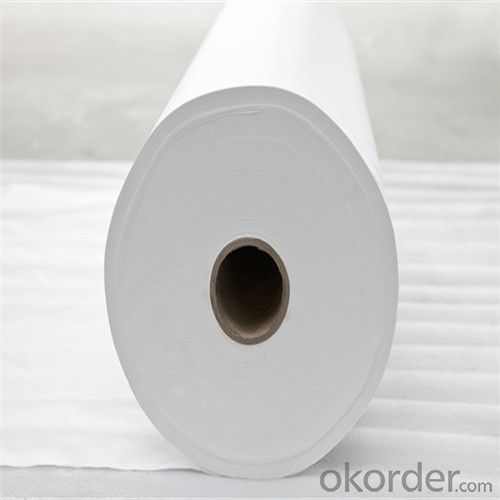
- Q: Can glass fiber textile be used in architectural applications?
- Yes, glass fiber textile can be used in architectural applications. It is commonly used for creating lightweight and flexible structures such as tensile membranes, facades, and canopies. Glass fiber textile offers excellent strength, durability, and transparency, making it suitable for enhancing the aesthetics and functionality of architectural designs. It is also resistant to weather and environmental conditions, making it a viable choice for long-lasting architectural applications.
- Q: How does glass fiber textile perform in terms of abrasion resistance?
- Glass fiber textile is known for its excellent abrasion resistance properties. It has a high resistance to wear and tear, making it suitable for various applications where durability is essential. The tightly woven structure of glass fiber textile provides a protective barrier against abrasion, preventing the fabric from getting damaged easily. It can withstand repeated friction and rubbing without losing its integrity, ensuring a longer lifespan compared to other textiles. Additionally, glass fiber textile also retains its shape and appearance even after prolonged exposure to abrasive elements, making it a reliable choice for demanding environments and applications.
- Q: Can glass fiber textile be used in prosthetics?
- Prosthetics can indeed utilize glass fiber textiles. These textiles possess impressive characteristics such as strength, lightness, and high tensile strength, rendering them suitable for a range of applications, including prosthetics. They are capable of reinforcing and providing structural support to artificial limbs, enabling them to endure the mechanical stresses and strains encountered during movement. Moreover, glass fiber textiles can be shaped and molded to conform to the body's contours, ensuring a comfortable and personalized fit for the wearer. By incorporating glass fiber textiles into prosthetics, their durability, functionality, and overall performance can be enhanced, ultimately leading to an improved quality of life for individuals with limb loss or impairment.
- Q: How do glass fiber textiles resist UV degradation?
- Glass fiber textiles resist UV degradation due to the inherent properties of glass, which is naturally resistant to UV radiation. The composition and structure of glass fiber make it highly durable and capable of withstanding the damaging effects of prolonged exposure to sunlight. Additionally, glass fiber textiles can be further enhanced with UV-resistant coatings or additives to provide an added layer of protection against UV degradation.
- Q: Can glass fiber textiles be used in packaging?
- Yes, glass fiber textiles can be used in packaging. Glass fiber textiles are highly durable and have excellent strength properties, making them suitable for various packaging applications. They are commonly used in the manufacturing of protective packaging materials such as bags, wraps, and containers. Glass fiber textiles provide a high level of protection to the packaged goods, as they resist tearing, abrasion, and puncture. Additionally, they are resistant to moisture, chemicals, and UV radiation, making them ideal for packaging products that require a high level of protection during storage or transportation. Overall, glass fiber textiles offer a reliable and effective solution for packaging needs.
- Q: How do glass fiber textiles compare to aramid textiles?
- Glass fiber textiles and aramid textiles have different properties and applications. Glass fiber textiles are known for their excellent strength, high temperature resistance, and electrical insulating properties. They are commonly used in industries such as automotive, aerospace, and construction. Aramid textiles, on the other hand, are known for their exceptional heat resistance, high tensile strength, and flame retardancy. They find applications in industries like military, firefighting, and protective clothing. While both textiles have their unique advantages, the choice between glass fiber and aramid textiles ultimately depends on the specific requirements of the application.
- Q: How is glass fiber made?
- Glass fiber, also known as fiberglass, is made through a process called fiberization. The process begins with the raw material, which is usually silica sand, but can also include other additives like limestone or alumina. These raw materials are melted in a furnace at a temperature of around 1500°C (2732°F) until they become a molten liquid. Once the molten glass is formed, it is then forced through tiny holes in a device called a bushing. This bushing contains hundreds or even thousands of small holes, each around 10-25 micrometers in diameter. As the molten glass is pushed through these holes, it is rapidly cooled by either air or water jets. This rapid cooling solidifies the molten glass into thin strands or fibers. The fibers are then collected and wound onto spools or gathered into mats, depending on the desired final product. These fibers can be further processed to give them specific properties. For instance, they can be coated with a sizing material to improve their compatibility with resins or other materials they will be used with. The resulting glass fibers are strong, lightweight, and resistant to heat, chemicals, and electricity. They are widely used in various industries, such as construction, automotive, aerospace, and even in everyday household items. Glass fiber-reinforced plastics (GRP) and glass wool insulation are some common applications of glass fiber. In summary, glass fiber is made by melting raw materials, forcing the molten glass through tiny holes to form fibers, and then cooling and collecting these fibers for further processing. This manufacturing process allows for the production of versatile and durable fibers that are essential in many modern applications.
- Q: Can glass fiber textiles be used in industrial applications?
- Yes, glass fiber textiles can be used in industrial applications. They are known for their high strength, durability, and resistance to heat, chemicals, and electrical conductivity. This makes them suitable for various industries such as construction, automotive, aerospace, and electrical insulation, where they are used for reinforcement, insulation, and filtration purposes.
- Q: Can glass fiber textile be used in printed circuit boards?
- Yes, glass fiber textile can be used in printed circuit boards (PCBs). Glass fiber is commonly used as the substrate material in PCBs due to its excellent electrical insulation properties, high temperature resistance, and mechanical strength. It provides a stable and reliable platform for mounting and interconnecting electronic components. The glass fibers are impregnated with resin, typically epoxy, to form a composite material that can be easily processed into a PCB. The resin also helps to ensure the adhesion of copper layers and protect the circuitry from environmental factors. Overall, glass fiber textile is a widely accepted and commonly used material in the manufacturing of PCBs.
- Q: Mainly from the price, market, performance, use and other aspects of consideration, I hope that professionals can leave contact information, ask for advice.High score for help!
- Aramid fiber reinforced fibers provide tensile resistance.The glass fiber reinforced core provides bending resistance to the fiber optic cable (because it is not easy to die after a glass fiber reinforced core is bent). A part of the tensile resistance is also provided, but the contribution of the glass fiber reinforcement core is negligible when calculating the tensile strength of the cable.Kevlar and glass fiber reinforced cores are used to make non-metallic optical cables, mostly for indoor environments, and for safety. Sometimes used in outdoor environments, such as ADSS cables for power systems. Because there is no metal component in the cable, it will not be disturbed by lightning, and there is no risk of arcing at the joint.
Send your message to us
Glass Fiber Textiles Cryogenic Insulation Paper for Liquid Oxygen / Nitrogen / LNG
- Loading Port:
- Shanghai
- Payment Terms:
- TT or LC
- Min Order Qty:
- 200 m²
- Supply Capability:
- 10000000 m²/month
OKorder Service Pledge
OKorder Financial Service
Similar products
Hot products
Hot Searches
Related keywords
